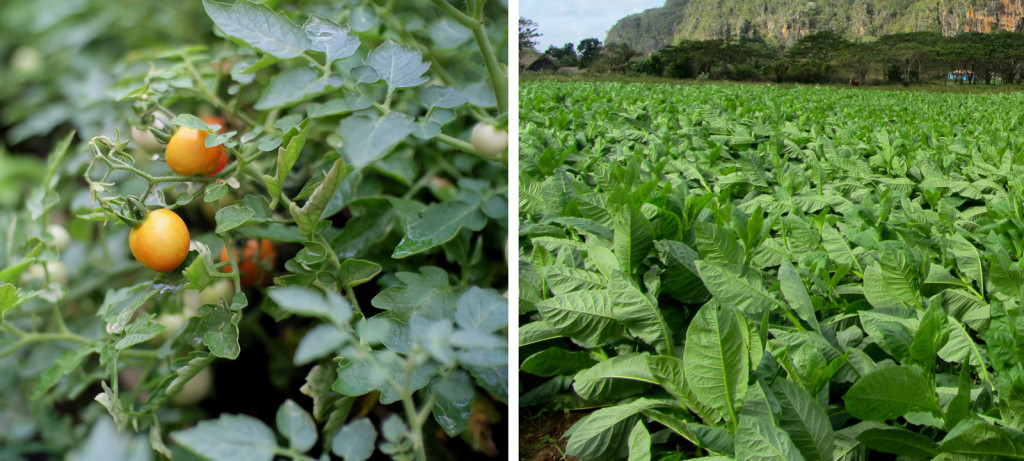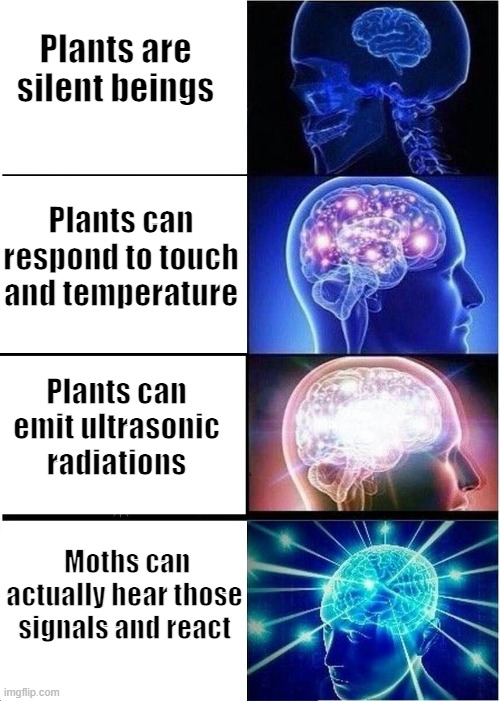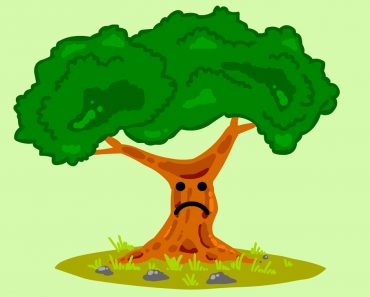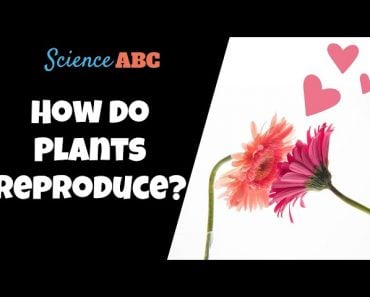It is unclear if plants emit ultrasonic radiation, as the research on the matter is inconclusive. Some scientists speculate that plants might produce sound when they suffer from dehydration, as the xylem (the tissue responsible for water conduction in plants) dries up. However, more research needs to be done on the matter before any conclusions can be drawn.
Roald Dahl published a short story titled ‘The Sound Machine’ in 1949. It talked about how crazy a person could become upon hearing sound frequencies from plants using a machine he made.
The level of his madness was such that he called for a doctor and asked him to put iodine and a bandage on a tree trunk that had been damaged during a storm.
Fast forward 70 years to 2019, and it turns out Dahl’s fictional short story is getting closer to reality. Plants do emit ultrasonic radiation, and we’ve finally learned how to hear it!
Recommended Video for you:
What Is Ultrasonic Radiation? Can We Hear It?
Ultrasonic radiation, in this case, is in the form of sound waves. The human ear is equipped to hear and handle frequencies ranging from 20 hertz to 20,000 hertz.
Sound frequencies belonging to the bracket below 20 Hz represent the infrasonic range of sound waves. Similarly, the ultrasonic waves belong to the frequency range that is higher than 20,000 Hz. Naturally, the human ear would not be able to hear ultrasonic frequencies.

However, this doesn’t imply that other organisms cannot detect or hear ultrasonic or infrasonic waves. For example, bats and whales are known to navigate using ultrasonic frequencies. Animals like rhinoceros and elephants can also hear infrasonic radiation.
Ultrasonic Radiation Emitted By Plants
Plants, being mute and sessile (unable to perform locomotion), have been found to respond to many signals, including tactile and optical signals. For example, the touch-me-not plant responds to tactile signals by closing up in an instant!
However, for the first time, scientists may have found evidence that plants produce sound.
Researchers from Tel-Aviv University studied two plant varieties in particular: tobacco and tomato plants. To record such sounds, an acoustic device was specially designed for the study, and the reaction of plants to stress was tested. The researchers exposed the plants in question to two different categories of stress: drought and physical damage (cuts), and then recorded what sound the plants subsequently produced.
The research was printed in a pre-print publication and was therefore not peer reviewed.

The Results Of The Experiment
The researchers found that the average number of sounds emitted by a drought-stressed tomato plant was 35.4 per hour. Under the same conditions, a tobacco plant made noise 11.0 times per hour. In the case of stress due to stems being cut, the average stood at 25.2 sounds per hour for the tomato plant, and 15.2 per hour for the tobacco plant.
Additionally, the tomato sounds were observed for 10 days, starting from the day when it was properly irrigated. The plants released fewer sounds when they were watered fully. Then, as their water content decreased, the number of sounds started increasing. The sounds finally decreased as the plant nearly dried up.
A Possible Explanation Of These Agonized Sounds
There are no explanations as yet for how or why the plants produce sound. Researchers speculate that when plants suffer from dehydration, the xylem is impacted. Xylem, consisting of dead tube-shaped cells lined one after another, is the tissue responsible for water conduction in plants.

As the xylem dries up, a phenomenon called cavitation usually takes place. In this, air bubbles are formed in the xylem and these air bubbles gradually expand and then explode. This popping of air bubbles may cause vibrations in the form of acoustic emissions.
Research published in 2008 also detected ultrasonic acoustic emissions (UAE) from pine and oak trees found in the Alps due to drought conditions, changes in the stem radius, and immediate air and soil conditions. Those researchers hypothesized a similar reason for the plants emitting sound.
The research has its limitations. More work needs to be done on other plant species too. Until there is more evidence and other scientists attempt to reproduce these results, no relation can be established between the sounds emanating from different species.
Moreover, the conditions in response to which the sounds are emitted might also vary, depending on plants and the types of stress to which they’re exposed. Stress could be due to excessive sunlight (UV radiation), herbivores, wind, cold or diseases that the plant might be suffering from.
What Ultrasonic Plant Signals Can Mean In The Future
The range in which plants emit signals might not be audible to humans, but these frequencies do fall in the audible range of other mammals and insects. Moths that use tobacco and tomato plants as hosts for their larvae can react to these ultrasonic frequencies. Researchers hypothesize that such moths may avoid laying eggs in plants that are stressed.

They also speculate that neighboring plants might hear these signals and react accordingly. The signals coming from drought-affected plants could therefore act as alarms and signal the ‘unstressed plants’ to close their stomata.
More importantly, as the water crisis in the world increases, proper understanding and utilization of these ultrasonic signals could help in the more prudent use of our resources by farmers. Plants might receive customized treatment in the form of more accurate and precise irrigation, for example.
Instances Of Plants Responding To Sound Signals?
Sound vibrations of a certain frequency and amplitude can significantly enhance cell division of the callus. Additionally, the rates of enzymatic and hormonal activity have also been found to rise in response to certain audio stimuli. Plants like cucumber, tomato, lettuce, and spinach showed improved growth rates upon exposure to sound waves. Furthermore, diseases like spider mite, grey mold, and other viral diseases that affect tomato plants were found to drop in their rates of occurrences in plants exposed to sound.
Interestingly, even the microscopic world can be impressed by sound signals. Escherichia coli shows a marked increase in colony formation upon perceiving sound vibrations. Even yeast shows a boosted rate of growth when exposed to sound signals.
Natural sound vibrations like the chirping of a bird, the buzzing of bees, and the stridulation of crickets can be accredited for the improved rate of seed germination in Abelmoschus esculentus and Cucurbita pepo. To know more about whether plants can hear, click “here“.
Sound has been helping the animal world achieve clear communication for ages. As research advances, it will help in communication and understanding of the silent plant world, which will prove beneficial to the human race, ultimately improving harmony among our interconnected ecosystems.
References (click to expand)
- Hassanien, R. H., HOU, T.-. zhen ., LI, Y.-. feng ., & LI, B.-. ming . (2014, February). Advances in Effects of Sound Waves on Plants. Journal of Integrative Agriculture. Elsevier BV.
- Zweifel, R., & Zeugin, F. (2008, August 6). Ultrasonic acoustic emissions in drought‐stressed trees – more than signals from cavitation?. New Phytologist. Wiley.
- Mishra, R. C., Ghosh, R., & Bae, H. (2016, June 23). Plant acoustics: in the search of a sound mechanism for sound signaling in plants. Journal of Experimental Botany. Oxford University Press (OUP).












